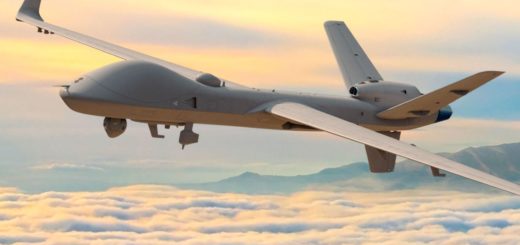Airbus forecasts Asia Pacific region to require 19,500 new aircraft by 2043

Airbus has released its latest forecast for the Asia Pacific aviation market, predicting that the region will require 19,500 new aircraft over the next 20 years.
Airbus said that this demand represents 46% of the global requirement, which is expected to reach around 42,430 new aircraft by the year 2043.
At the Association of Asia-Pacific Airlines (AAPA) Annual Assembly of Presidents held in Brunei, Anand Stanley, President of Airbus Asia Pacific, said that the findings underscore the region’s continued growth and importance in the global aviation market.
The forecast includes China and India and reflects a year-on-year growth of 3% in terms of new aircraft required.
(Credit: Jean Lim / AeroTime)For single-aisle aircraft such as the A220 and A320neo Family, Airbus predicts a demand of 16,000 in the region. Demand for medium and large-sized long-range aircraft like the A330neo and Boeing 787 is averaged to be around 3,500.
Anand said that key recent widebody aircraft orders in the region include Cathay Pacific (A330neo), as well as EVA Air, Japan Airlines, and Korean Air (A350).
The European aircraft manufacturer estimates that nearly 71% of aircraft deliveries will support fleet expansion, while 29% will replace older models to contribute to decarbonization efforts. The next generation of Airbus widebody aircraft offers an immediate 25% improvement in fuel efficiency.
In terms of cargo segment, Asia-Pacific will require 250 new widebody freighter aircraft, representing 10% of global demand for new freighters.
Based on the A350 platform, Airbus said the A350F is expected to meet this demand with efficiency and reduced CO2 emissions. A key endorsement of the new-generation freighter aircraft comes from STARLUX Airlines, which ordered five A350Fs in early 2024. E-commerce and global trade are driving demand for efficient cargo transport, making widebody aircraft integral to reliable delivery across continents.
Airbus also said that the A330ceo replacement cycle is underway, with some 540 A330ceos currently operating in the region. The A330neo is positioned as the replacement. With its commonality in pilot training and technical operations, Airbus expects the transition to be seamless for airlines.
“As one of the fastest growing aviation markets in the world, the Asia Pacific region is poised for significant growth over the next two decades,” Stanley said during a media presentation in Brunei, attended by AeroTime. “With rising demand for both passenger and cargo operations, we are well-positioned to help our airline partners meet their long-term goals with the most efficient, sustainable, and advanced aircraft available, while contributing to decarbonisation efforts across the industry.”
With regard to passenger traffic, the Asia Pacific region is expected to see an annual growth rate of 4.8%, outpacing the current global growth rate of 3.6%. Widebody aircraft are pivotal to this growth, not only enhancing passenger connectivity but also supporting the region’s increasing cargo needs.
RELATED
Airbus delivered 62 new aircraft to 37 customers in October 2024
The post Airbus forecasts Asia Pacific region to require 19,500 new aircraft by 2043 appeared first on AeroTime.
Airbus has released its latest forecast for the Asia Pacific aviation market, predicting that the region will require…
The post Airbus forecasts Asia Pacific region to require 19,500 new aircraft by 2043 appeared first on AeroTime.





